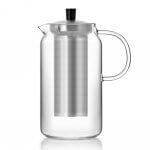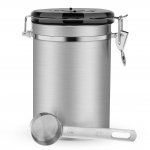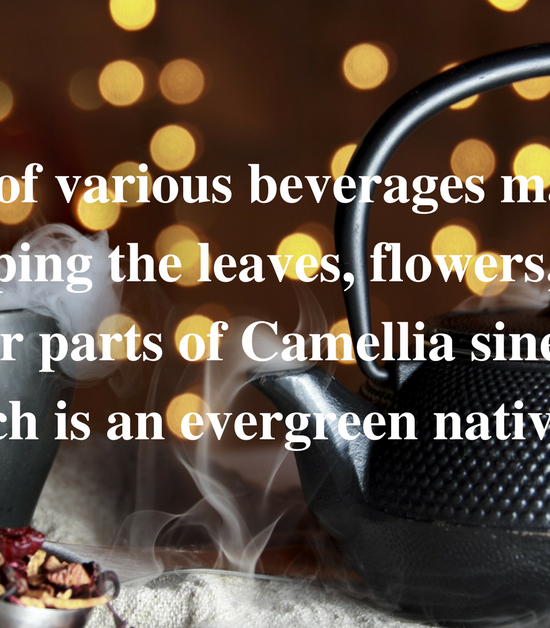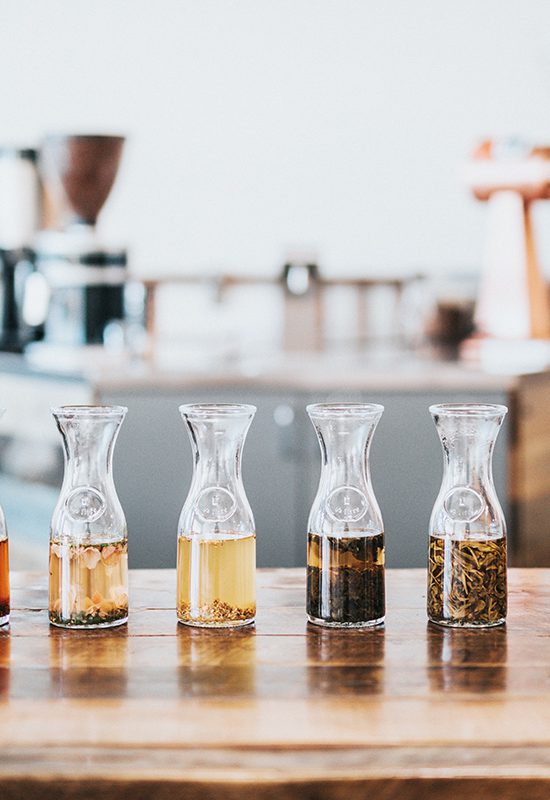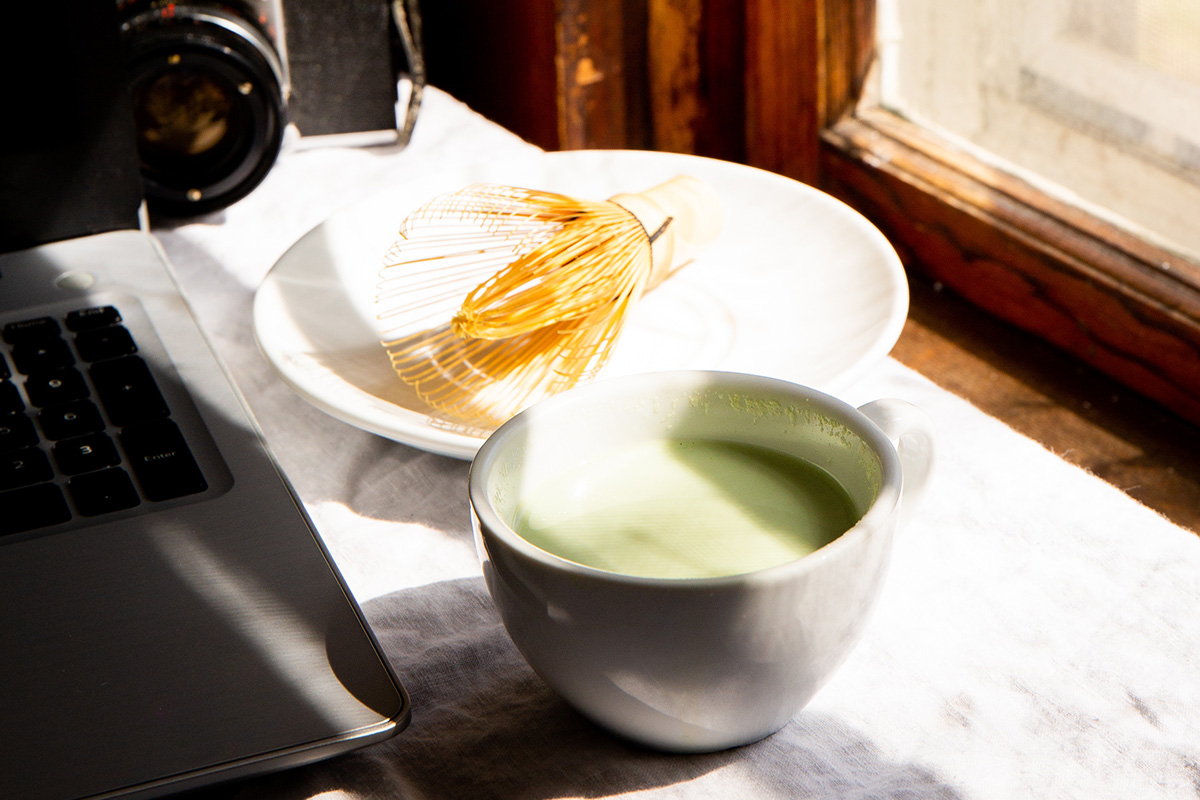
Getting to Know Your Favorite Matcha Green Tea
There has been so much hype about matcha green tea, and it seems like it is almost everybody’s favorite green tea. Judging by the rise of matcha-infused recipes in several stores, coffee/tea shops, and even in people’s households, matcha can be considered a star on its own.
Although matcha is not new at all, the modern world can perhaps say that it’s well past the “hype” stage and has established its familiarity and uniqueness in the past few years. It has also certainly become a trendy drink – one that has numerous health benefits.
There are several interesting things you might want to know about matcha before you indulge or as you indulge in its goodness.

Origin and Preparation
Matcha is a real variety of green tea. By real we mean it came from the tea plant Camellia sinensis which is commonly found in Southern China. Green tea is known to be the healthiest form of tea because of lack in processing, and due to this, it has very high nutrient levels. It’s made from young leaves carefully picked from the tips of shade-grown tea plants.
While the tea plant itself is found in China, the use of matcha green tea originated in Japan. It literally translates to powdered green tea – cha means tea and ma means powder. When you ask tea experts, they will most likely tell you that the best matcha is really in Japan. It isn’t suprising because matcha had been a large part of traditional Japanese tea ceremonies as early as the 12th century.
Before harvesting the leaves, the tea plants are covered with shade cloths to trigger the growth of the leaves which then results in better flavor and texture. Green tea has two main varieties. If the leaves are rolled out flat before drying, they’re called Gyokuro – a premium type of green tea. If the leaves are laid out to dry, they’re called Tencha, and this is used for making matcha.
The hand-selected leaves are briefly steamed to stop fermentation. The stems and veins are removed before stone-grinding the leaves into very fine powder which is then called matcha. Matcha is stored away from light and oxygen to keep its naturally beautiful green color and its potent antioxidant properties.
Two Forms of Matcha
Usucha
This translates to “thin tea” and is the most common. This is also what most cafes and restaurants offer. It’s very easy to prepare. First, sift a teaspoon of matcha powder into a bowl. Sifting is important to break up all the clumps of the powder and so you can come up with a much finer one.
Then, carefully pour 3 ounces of water into the bowl with matcha then whisk it until it becomes frothy. Remember to whisk in a zigzag manner and not stir in a circular motion. Once it’s nice and frothy with small bubbles on the surface, you’re ready to consume it.
Unlike a regular green tea where you need to brew and steep then discard the leaves, with matcha, you actually prepare or come up with a suspension. You’ll find that this matcha is usually sweet and grassy and sometimes has a hint of bitterness.

Koicha
Koicha translates to “thick tea.” This is produced with half the amount of water and twice the amount of matcha powder used in usucha. Unlike usucha, it isn’t whisked quickly. Koicha is gently kneaded using a bamboo whisk. This results to a very thick tea similar to the texture of paint.
This form of matcha green tea is made from high-grade tea leaves and is used during traditional Japanese tea ceremonies. Usucha, on the other hand, is made from second highest grade matcha green tea.
Awesome Health Benefits of Matcha
Rich in antioxidants
Tea, in general, is known to be rich in antioxidants. These are the nutrients and enzymes that help the body fight the negative effects of the environment such as UV radiation and other harmful diseases. Unlike other teas wherein the leaves are discarded right after steeping or infusing, matcha is whole leaves ground into powder form. This means that you are getting the best of its health benefits.
Matcha is also full of catechins which are one of the most beneficial antioxidants. Compared to other green tea varieties in the market, matcha has the highest amount of these antioxidants which are also recognized to have the most cancer-fighting properties.
Helps burn calories
Matcha is known to increase metabolism which helps the body burn fat faster than the average. If you are currently on a weight-loss journey, matcha may be a good drink for you. It’s all natural and doesn’t have side effects such as high blood pressure, and increased heart rate or nervousness.
Matcha can even boost your energy and endurance. Yes, it naturally contains caffeine, but the energy boost can be largely attributed to the combination of nutrients found in it.

Detoxifies the body
As mentioned earlier, the leaves of green tea are shade-grown a few weeks before harvesting. This increases chlorophyll production, and this doesn’t only give it its vibrant green color, it’s also responsible for naturally getting rid of heavy metals and toxins from the body.
Helps boost the immune system
With all the antioxidants or catechins found in matcha green tea, it’s not surprising that this super food helps boost your overall health. It helps strengthen your immune system so that your body can protect itself from hazardous environmental elements and other diseases.
What else do you need to know about matcha? Aside from its amazing health benefits, it does make you happy, warm, and fuzzy! You’ve got to admit that matcha is one super food or super drink that can change the way you view your morning tea.
Note: L-theanine is the rare amino acid that’s possible for the release of serotonin and dopamine. These two neurotransmitters give you the feeling of calm, happiness, and contentment.
Well, we all have preferences, and if you fancy other types of tea, that’s great too! But the next time you want to try something other than black or white tea, add matcha to your list, and you’ll likely never regret you did!
*Pin for later.



